Darren Bradley
Well-Known Member
At the request of some on this forum, I'll attempt here to give a bit of a primer on Architectural Photography in several parts (I haven't decided how many yet). First, all those years of school told me that one should always define key terms in the introduction, so here goes:

What is Architectural Photography?
This is more than just taking photos of buildings. In fact, most pictures of buildings that I see are not truly architectural photography. That's because the primary concern is to accurately depict the appearance of a structure - free of distortion or false perspectives that are otherwise common.
Here's an example of what is NOT architectural photography:

See how it looks like the room is caving in on itself? While it may be fun or interesting (or not), it's not architectural photography because I've modified the aspect and integrity of the building.
Here's a similar shot of the same room, but following the rules:

Note that this is still not a great photo because I used a single ultra-wide angle image, and wide angle lenses tend to have a lot of distortion and fall away at the edges, which happened here. To get around that, I would have needed to take several images with a longer focal length (say 24mm or 35mm instead of 17mm), and stitch them together... or crop out the distorted parts.
The Rules and how to break them
It's often said that architectural photography is boring because all those rules and its inherently documentary nature means that it's dry and that there's no room to infuse creativity into the process. Well, the truth is that there's no such thing as an objective photograph. As you all probably know, photography is an infintely subjective medium, and this genre is no exception to that rule.
Here are two shots of the same house, taken at different times with different lighting, to illustrate my point:


They convey entirely different moods and feelings to the observer.
You see, our built environment is such a critical factor in how we live, how we move, how we feel... and it's mostly completely ignored. But all buildings do have moods and project feelings on the people that interact with them. And once you start to get sensitive to it, you can see it. Remember this elementary school I shot? What kind of mood does that project?

The fun in architectural photography, and what makes a good photo (at least to me) is being able to find a way to project onto the viewer the mood of the building, and the experience of being there. Like standing on the balcony of this home in Hawaii during the golden hour...

You want to draw that person in, and give them a taste of what you felt. That's why I take photos. That's why I do what I do.
Coming up soon... Part II - What makes an architectural photographer?

What is Architectural Photography?
This is more than just taking photos of buildings. In fact, most pictures of buildings that I see are not truly architectural photography. That's because the primary concern is to accurately depict the appearance of a structure - free of distortion or false perspectives that are otherwise common.
Here's an example of what is NOT architectural photography:

See how it looks like the room is caving in on itself? While it may be fun or interesting (or not), it's not architectural photography because I've modified the aspect and integrity of the building.
Here's a similar shot of the same room, but following the rules:

Note that this is still not a great photo because I used a single ultra-wide angle image, and wide angle lenses tend to have a lot of distortion and fall away at the edges, which happened here. To get around that, I would have needed to take several images with a longer focal length (say 24mm or 35mm instead of 17mm), and stitch them together... or crop out the distorted parts.
The Rules and how to break them
It's often said that architectural photography is boring because all those rules and its inherently documentary nature means that it's dry and that there's no room to infuse creativity into the process. Well, the truth is that there's no such thing as an objective photograph. As you all probably know, photography is an infintely subjective medium, and this genre is no exception to that rule.
Here are two shots of the same house, taken at different times with different lighting, to illustrate my point:


They convey entirely different moods and feelings to the observer.
You see, our built environment is such a critical factor in how we live, how we move, how we feel... and it's mostly completely ignored. But all buildings do have moods and project feelings on the people that interact with them. And once you start to get sensitive to it, you can see it. Remember this elementary school I shot? What kind of mood does that project?

The fun in architectural photography, and what makes a good photo (at least to me) is being able to find a way to project onto the viewer the mood of the building, and the experience of being there. Like standing on the balcony of this home in Hawaii during the golden hour...

You want to draw that person in, and give them a taste of what you felt. That's why I take photos. That's why I do what I do.
Coming up soon... Part II - What makes an architectural photographer?
Last edited:
